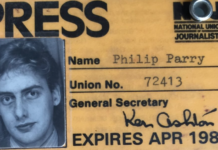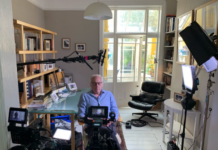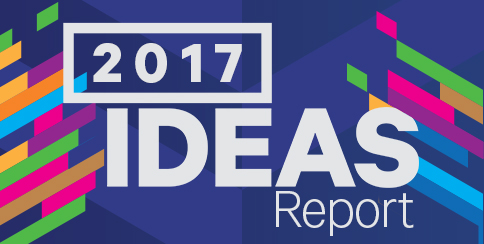- Sound the Trumpet - 12th December 2025
- Oh Lord! - 11th December 2025
- Crime pays but shouldn’t, part one - 10th December 2025
That mismatch is dangerous for workers and their families. In America, crucial benefits, like medical care, retirement savings, unemployment insurance, and disability benefits remain largely tethered to traditional jobs.
The problem isn’t just relevant to those current working in the gig economy, it points to a larger issue: the failings of both the government and private sector to update and reinvent the way workers succeed in the U.S. economy, said Senator Mark Warner of Virginia at the Aspen Ideas Festival, which is co-hosted by the Aspen Institute and The Atlantic.
Warner advocates for a benefits system that’s more portable, and he also wants workers to have access to education and skill building that can help them move from just-scraping-by to financially comfortable. That, too, could help solve the problem of gaps where jobs are available but there are too few workers with appropriate skills to fit them. Jobs like electricians and various other trade work. “Every politician says they want more carpenters and welders and plumbers, but we don’t really put the policy implications behind it,” Warner said. That’s in part because of the bifurcation between America’s so-called blue-collar and white-collar workers—stratification that is reinforced by massive pay and advancement gaps.
Warner says he doesn’t want that solution for closing those gaps and creating new opportunities for workers to come from the federal government, at least not at first and not directly. “Government doesn’t do a very good job of upscaling people,” Warner said. Instead, he says, the government’s role should be in creating policy incentives for workers to invest in human capital, their employees, in the same way that it incentivizes companies to upgrade their research and development and infrastructure: through tax incentives.
Another solution starts well before mid-career workers stagnate, Warner says: creating improving the education system for teens and young adults who may not be headed to college. He calls that K-through-12.5 education and says that it could be implemented easily with little economic burden.








